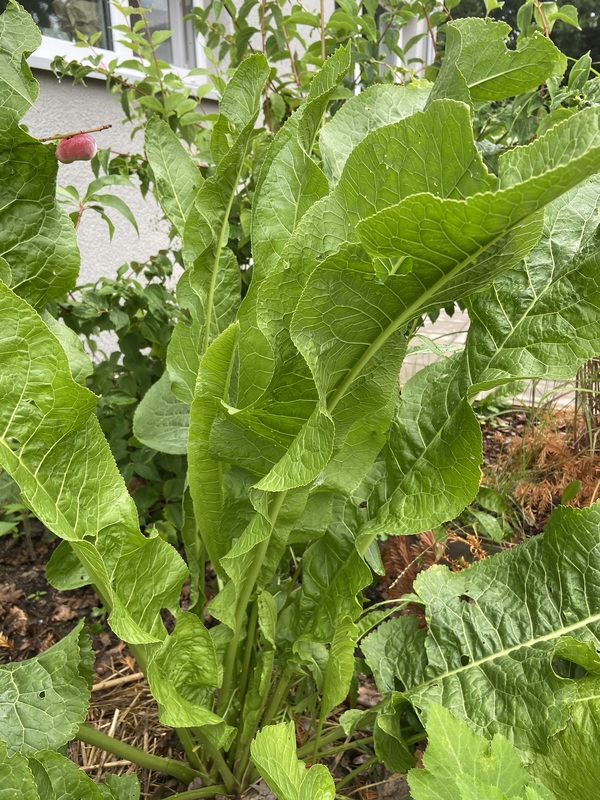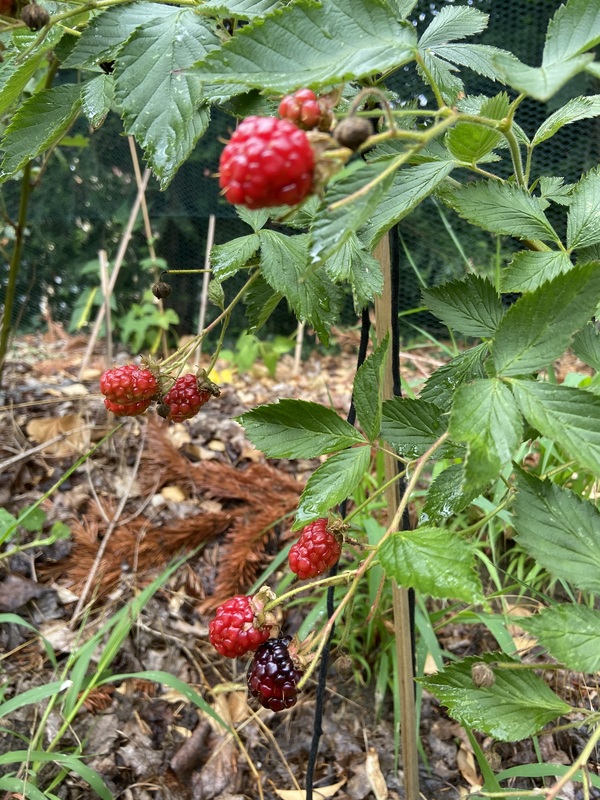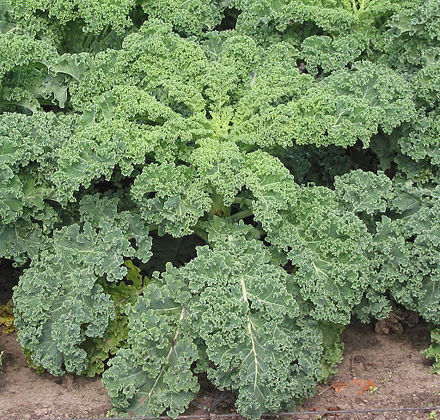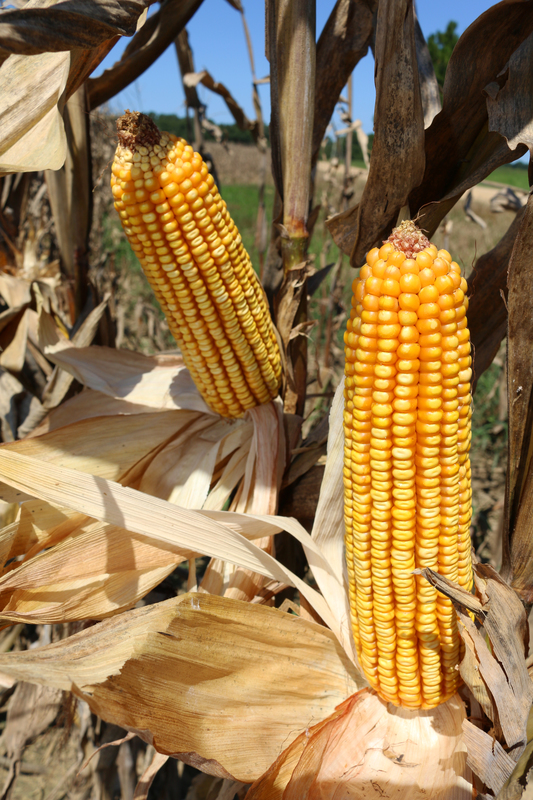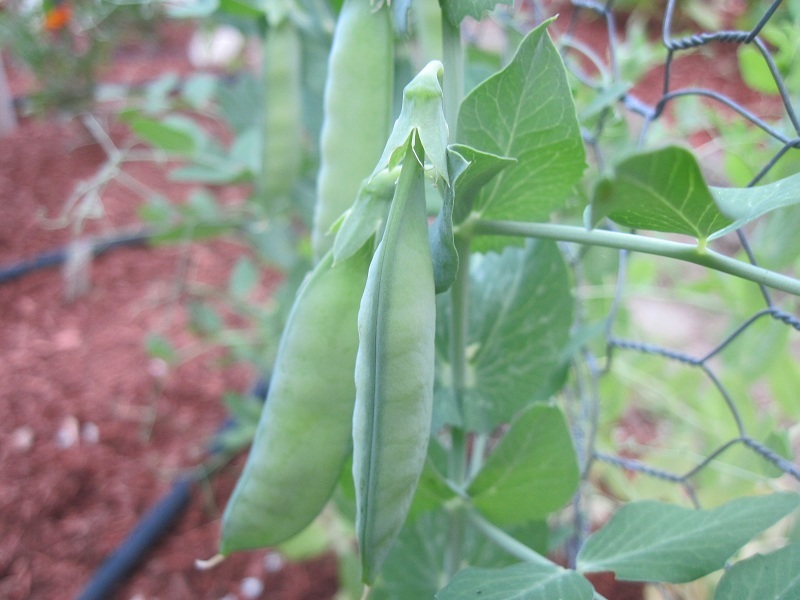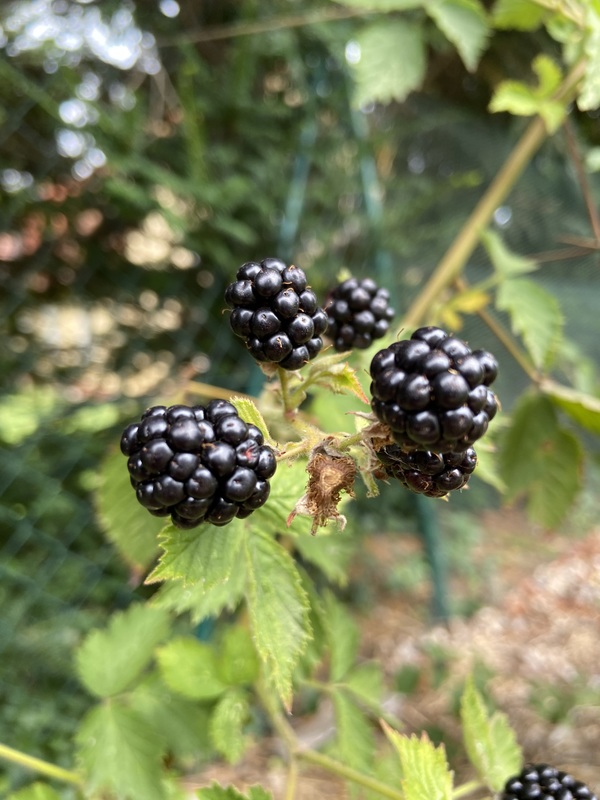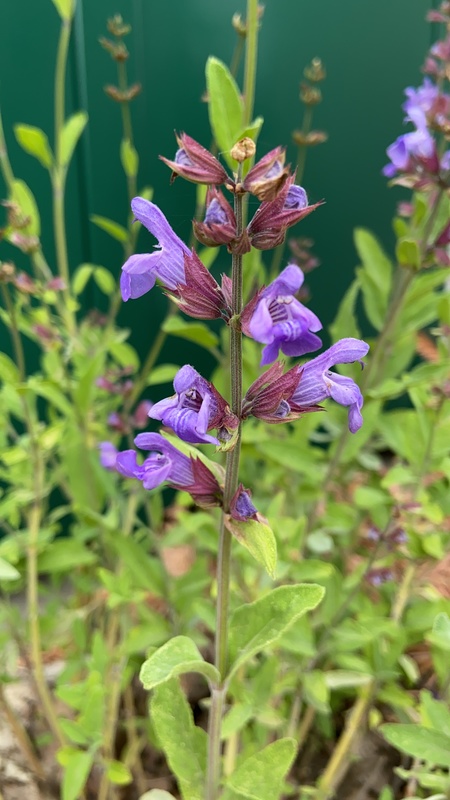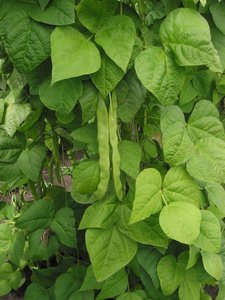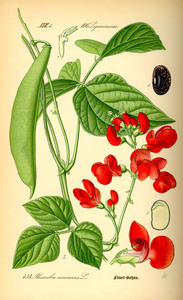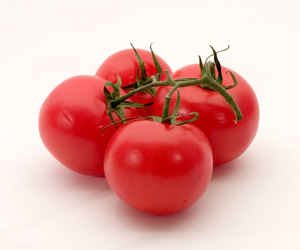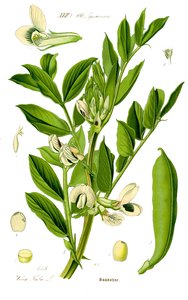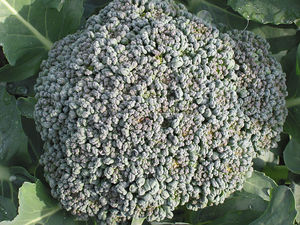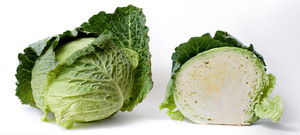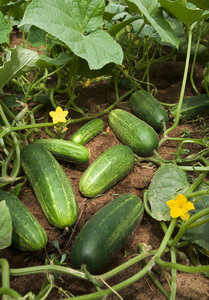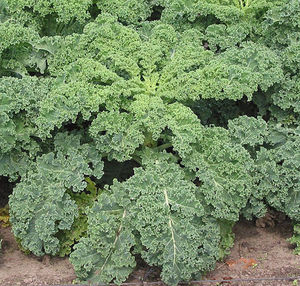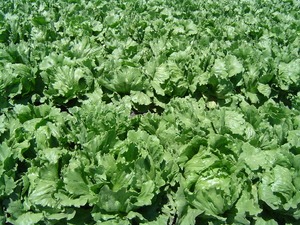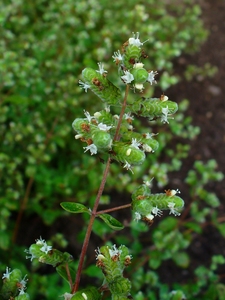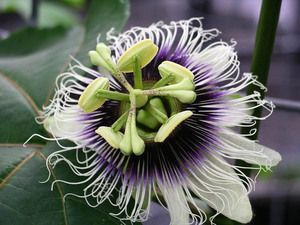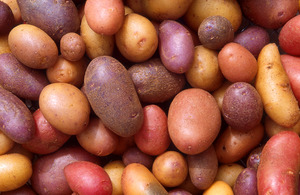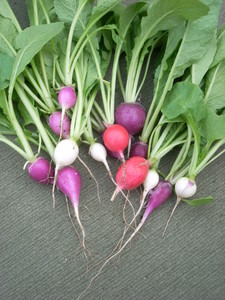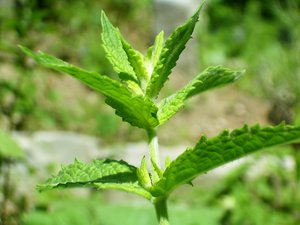Description
Beet (Beta vulgaris vulgaris), also known as garden beet, red beet, or table beet, is a plant that is native to the Mediterranean region. It is a biennial plant that typically grows to a height of 0.5-1.5 feet and has dark green leaves that are long and rounded, with a smooth or slightly hairy texture. The stem is usually light green in color, and the plant produces small, white or yellow flowers.
Beet plants grow best in well-drained soil that is rich in organic matter, and they prefer full sun to partial shade. To cultivate beets successfully, a grower will need to keep the soil moist and weed-free, and may need to thin the plants to allow for proper growth.
Beets are edible, and the most commonly eaten part of the plant is the root, which is typically red or purple in color. The leaves of the plant can also be eaten, and are often used in salads. Beets can be stored after harvest by washing and trimming the roots, and then storing them in a cool, dark place.
Beets have a number of uses, both culinary and non-culinary. In the kitchen, beets can be cooked in a variety of ways, including boiling, roasting, and grilling. They can also be used to add color and flavor to salads, soups, and stews. In addition to their culinary uses, beets have a number of medicinal properties and have been used to treat a variety of ailments, including indigestion, constipation, and inflammation.
Beets are also valuable for their ability to improve soil fertility, as their leaves and roots contain high levels of nitrogen and other nutrients. They can be used as a natural fertilizer, and can also be used as a mulch or as a ground cover to help control weeds.
Beets are not particularly attractive to wildlife, but they can provide food for a variety of animals, including deer, rabbits, and birds. Overall, beets are a versatile and valuable plant that is widely cultivated by gardeners and farmers for their edible roots and leaves, as well as for their potential uses in medicine and agriculture.
Links
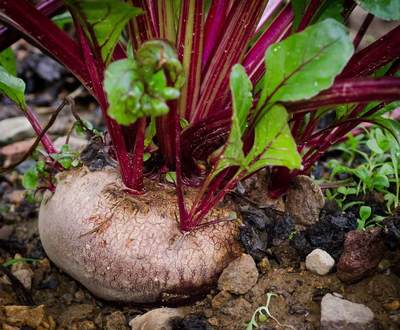
Varieties











